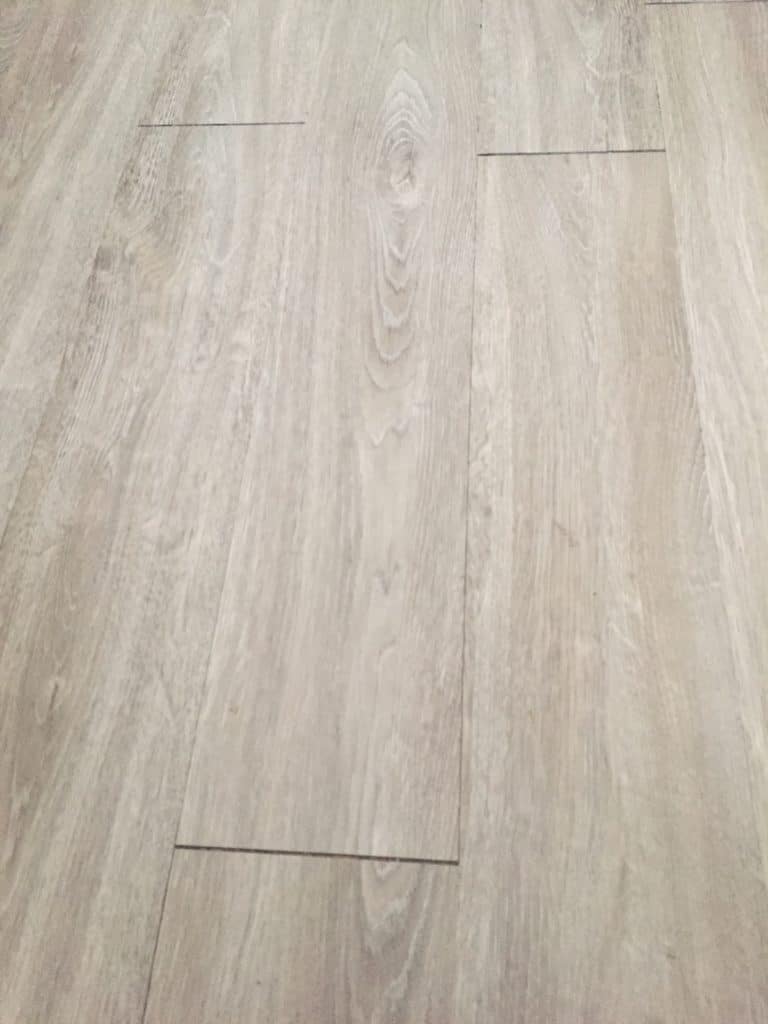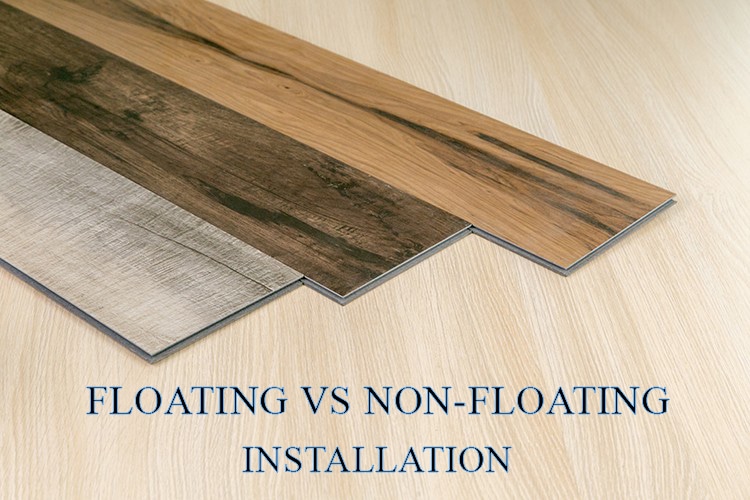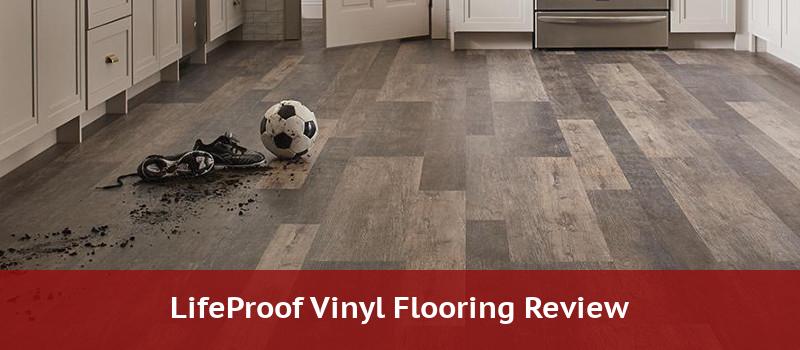As the leader in vinyl plank flooring mannington has put together a guide that details everything you need to know about vinyl plank floors learn about benefits common misconceptions installation cleaning and more.
Vinyl flooring glue or floating with temperature change.
Vinyl plank flooring options.
With a floating flooring installation the product is not actually attached to the subfloor meaning it may give off a hollower sound compared to that of the glue down method though the thicker a product the quieter it tends.
They are all waterproof easy to clean and maintain.
If you re going to choose vinyl plank flooring you will need to spend more to add a thermal under layer too.
Vinyl plank flooring is a decent option.
Hardwood is very beautiful but can crack with changes in temperature and humidity.
This will have the least likelyhood of moving with temperature changes.
This step will help to secure the floor and adhesive to the subfloor in every area.
Vinyl is susceptible to temperature changes in its ambient environment which will cause the vinyl flooring to expand and contract with normal hot and cold fluctuations.
Loose lay vinyl it is recommended to use adhesive around the perimeter of loose lay vinyl.
With people coming in and out all day long the grit and sand tracked in can scratch hardwood floors.
Around the house the rooms with the most traffic such as the front hallway the kitchen and the recreation room are better served by glue down flooring than floating flooring but if you re considering a whole house.
This type of flooring is waterproof and very durable.
A glue down vinyl or a floating rigid core vinyl will be your best option.
However there is a chance that it is going to expand and contract.
Tile flooring tile flooring is grouted with an adhesive.
A glue down floor is usually a better choice in high traffic areas like commercial buildings and industrial spaces because the glue provides extra holding power.
Glue down vinyl glue down vinyl needs vinyl flooring adhesive to lay the planks securely.
Using a roller at the initial installation will help to prevent the buckling of vinyl plank flooring down the line.
When installing floating vinyl floors it is necessary to allow for this expansion by leaving a gap around the perimeter of the floor or anywhere it meets another floor or.
The glue can separate from a poorly prepared subfloor and can react poorly to extreme cold.
Engineered hardwood one of the best ways to install an engineered hardwood is with an adhesive.
After laying glue down vinyl plank flooring roll the floor with a 100 pound roller.
Just keep in mind that vinyl can always move and putting it in a non temperature regulated space will void any warranty.
It also does good in terms of insulating the floor.




























